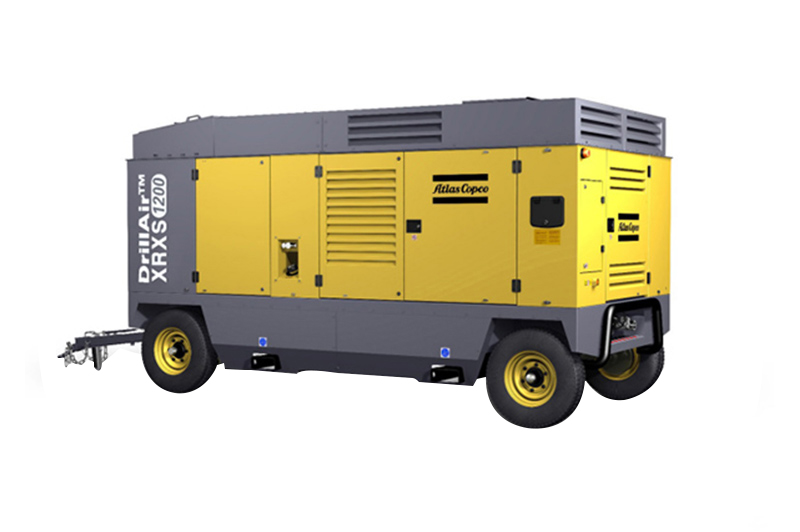Nov. 19, 2024
Research shows that choosing the right air compressor involves understanding both your needs and the capabilities of different compressors available in the market. Factors like power requirements, portability, and specific use cases can influence your decision. This guide will help you determine which air compressor is most suitable for your needs while addressing the challenges often encountered.
Home users commonly require air compressors to perform tasks such as inflating tires, using small tools, or completing painting projects. Portability and ease of use are typically their main concerns.
Professionals depend on air compressors to power heavy-duty tools, including jackhammers, drills, and sandblasters. For them, reliability and durability are essential in demanding situations.
In garages and workshops, air compressors play a crucial role in tire inflation, spray painting, and operating pneumatic tools. Factors like efficiency and noise control are critical for this demographic.
Using an air compressor with inadequate power can lead to tool inefficiency and delays in projects. It's vital to match the power output (CFM and PSI) of the compressor with the specifications required by your tools.
When using compressors in indoor settings or for extended periods, excessive noise can create discomfort and lower productivity. Choosing quieter models or incorporating noise-reducing measures can help alleviate this problem.
Large industrial compressors may be unsuitable for confined spaces or remote locations, while portable compressors might not have sufficient capacity for prolonged operations.
Begin by calculating the air pressure (PSI) and volume (CFM) necessary for your tools or tasks. For instance, high-demand tools like impact wrenches require higher CFM, whereas inflating tires necessitates less power.

Different types of air compressors include:
Portable Compressors: Best for light, mobile tasks such as inflating tires or smaller painting jobs.
Stationary Compressors: Built for heavy-duty use in workshops or industrial settings.
Oil-Free Compressors: Require minimal maintenance and are suitable for indoor use, though they may have shorter lifespans.
Oil-Lubricated Compressors: Known for durability and efficiency in professional settings, but they need regular maintenance.
If you're operating in quiet environments, consider compressors with lower decibel ratings. You can also utilize soundproof enclosures or dampening mats to lessen the noise impact.
If mobility is crucial, select lightweight, wheel-mounted compressors. For fixed locations, larger tank capacities will minimize the need for frequent refills.
Choosing energy-efficient models can lead to long-term savings on operational costs. Look for compressors equipped with adjustable speed drives (VSDs) or those with high energy ratings.
Inspect hoses, valves, and filters regularly for any signs of wear and tear, and replace damaged components promptly to avoid further complications.
For oil-lubricated compressors, maintaining the right oil levels and performing periodic oil changes is vital for optimal efficiency.
Consistently draining water from the tank helps prevent rust and corrosion. Automatic drains can make this maintenance task easier.
Dirty filters can restrict airflow and put extra strain on the compressor. Clean or replace filters as recommended by the manufacturer to ensure smooth operation.
Selecting the right air compressor hinges on your individual requirements, including power needs, portability, and tolerance to noise. By comprehending the various options available and tackling potential challenges, you can secure an air compressor that not only meets your expectations but also enhances performance. Adhering to proper maintenance practices ensures that your compressor remains reliable and efficient for many years.
94
0
0
All Comments (0)
Previous: Key Benefits of Using a Bucking Machine for Efficient Pipe Handling
Next: None
If you are interested in sending in a Guest Blogger Submission,welcome to write for us!
Comments